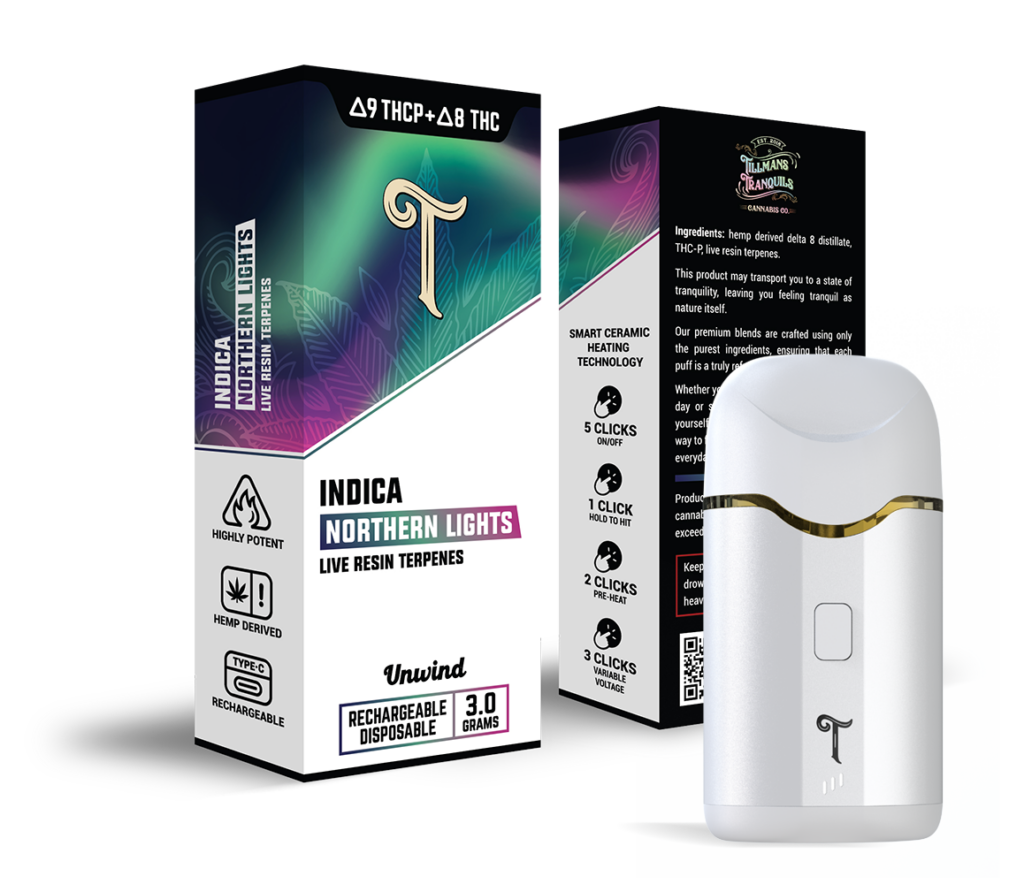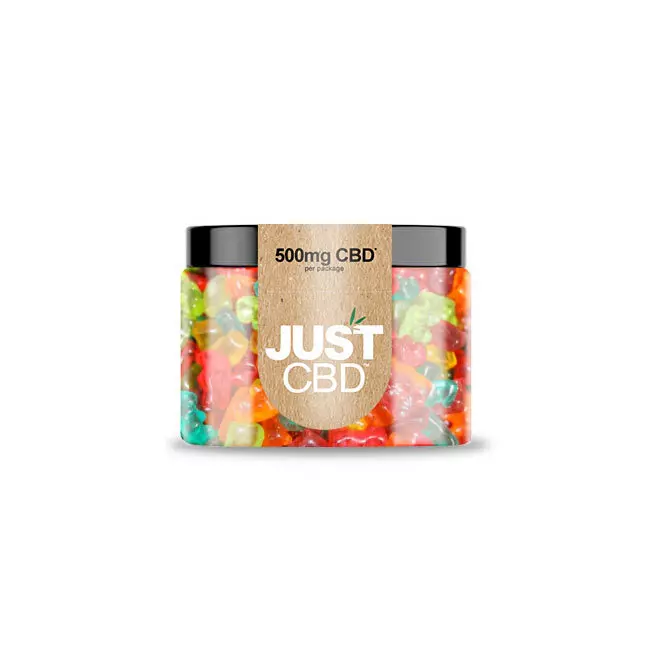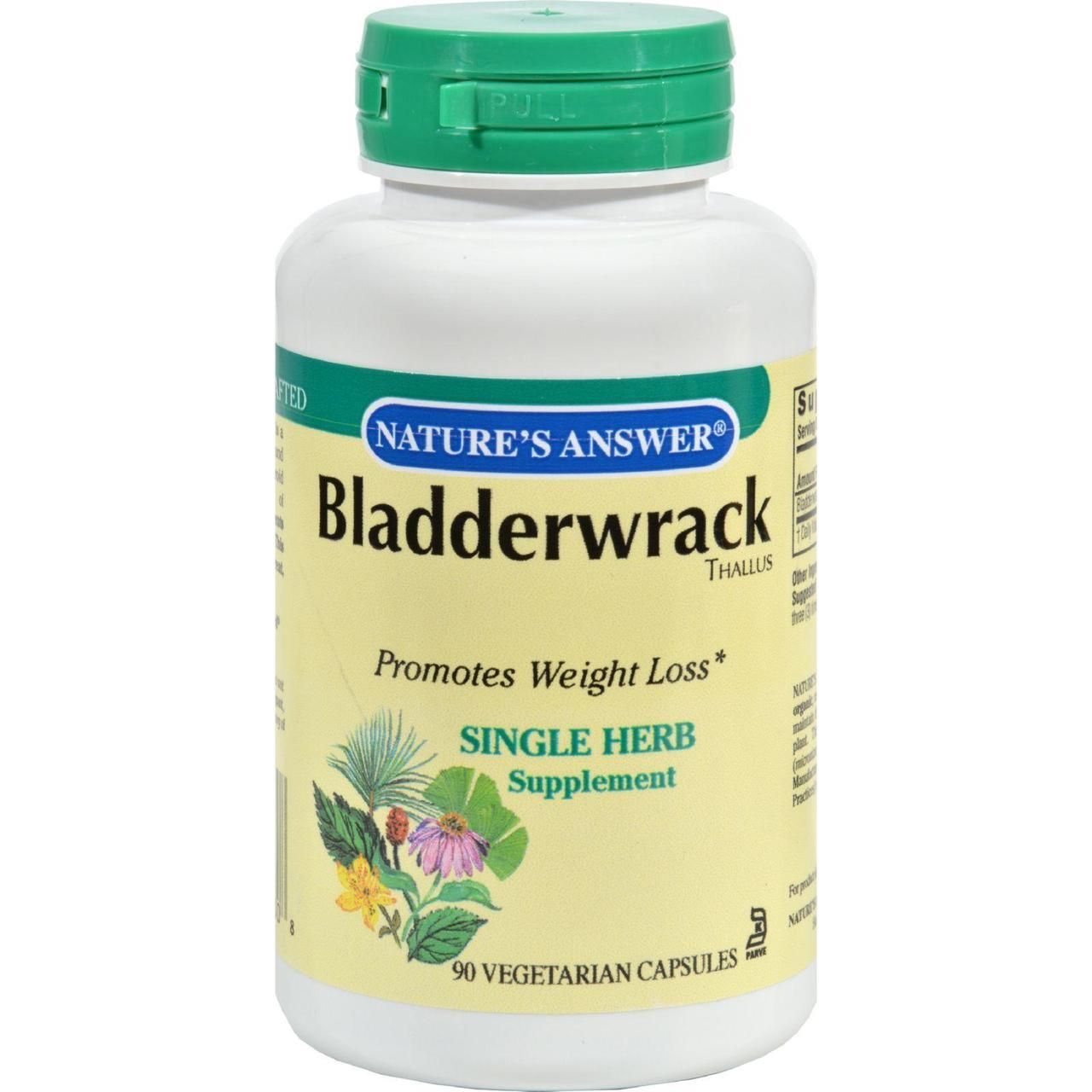
Exploring Just Kratom Capsules: My Personal Experience and Honest Reviews
When it comes to exploring the world of Kratom, Just Kratom’s capsules have been my go-to choice for convenience and consistency. Let me take you through my personal journey with these different strains and blends, highlighting what I enjoyed and what fell short.
White Dragon Capsules

White Dragon was my morning booster. The energy kick was subtle yet effective, perfect for starting my day without feeling jittery. The capsules were easy to swallow and didn’t leave any aftertaste, which is always a plus. However, the effects wore off a bit quicker than I hoped, leaving me wanting a mid-day pick-me-up.
Buy Now White Dragon Capsules here!
White Maeng Da Kratom Capsules

White Maeng Da is my favorite for focus and productivity. These capsules gave me a clear-headed energy that lasted well into the afternoon. I could power through work with ease. The only downside was a slight upset stomach if taken on an empty stomach, so always remember to have a snack first.
Buy Now White Maeng Da Kratom Capsules here!
Indo Reserve Capsules

Indo Reserve was a balanced blend for those days when I needed to relax without feeling too drowsy. The calming effects were noticeable but gentle, making it great for unwinding after a busy day. I did find that it took a bit longer to feel the effects compared to other strains, so patience is key with this one.
Buy Now Indo Reserve Capsules here!
Green Vein Indo Reserve Capsules

Green Vein Indo Reserve offered a pleasant mix of energy and relaxation. It was perfect for social occasions or running errands. The effects were smooth and balanced, with no noticeable crashes. However, I did notice a slight dry mouth after a few hours, so stay hydrated!
Buy Now Green Vein Indo Reserve Capsules here!
Green Maeng Da Kratom Capsules

Green Maeng Da is a powerhouse. The energy boost was significant, and it kept me going through even the most hectic days. This strain also had a mood-enhancing effect, making me feel more positive and motivated. The only con was a bit of increased anxiety if I took too much, so start with a lower dose.
Buy Now Green Maeng Da Kratom Capsules here!
Green Malay Kratom Capsules

Green Malay was a delightful surprise. The effects were long-lasting and provided a steady flow of energy and mild euphoria. It was perfect for long workdays or weekend adventures. I didn’t experience any major downsides, making it one of my top picks.
Buy Now Green Malay Kratom Capsules here!
Red Bali Kratom Capsules

Red Bali was my go-to for pain relief and relaxation. The sedative effects were profound, making it ideal for winding down in the evening or dealing with chronic pain. However, it did make me quite drowsy, so it’s best saved for nighttime use.
Buy Now Red Bali Kratom Capsules here!
Red Maeng Da Kratom Capsules

Red Maeng Da offered a perfect balance of pain relief and energy. It was great for those days when I needed to stay active but also manage discomfort. The only drawback was a slight dizziness if taken on an empty stomach, so again, eat something before.
Buy Now Red Maeng Da Kratom Capsules here!
Trainwreck Kratom Capsules

Trainwreck lived up to its name in a good way. This blend provided a full spectrum of effects, from energy and euphoria to pain relief and relaxation. It’s a fantastic all-rounder but can be a bit overwhelming if you’re not used to strong effects, so start with a smaller dose.
Buy Now Trainwreck Kratom Capsules here!
Conclusion
Each of these Kratom capsules from Just Kratom brought something unique to the table. Whether you’re looking for an energy boost, pain relief, or relaxation, there’s a strain for you. The convenience of capsules makes it easy to incorporate Kratom into your daily routine. Check out the links and find your perfect match!
What are Kratom capsules?
Kratom capsules are gelatin or vegetarian capsules filled with powdered Kratom leaves. They provide a convenient and easy way to consume Kratom without dealing with its bitter taste.
How do Kratom capsules work?
Kratom capsules work by delivering the active compounds, known as alkaloids, into your system. These alkaloids interact with opioid receptors in the brain, providing effects such as pain relief, energy boost, and relaxation.
How long do Kratom capsules take to work?
Kratom capsules generally take about 30 to 60 minutes to start working, as the capsules need to dissolve in the stomach before the Kratom powder is absorbed into the bloodstream.
How long do the effects of Kratom capsules last?
The effects of Kratom capsules typically last between 4 to 6 hours, depending on the dosage, individual metabolism, and the strain of Kratom used.
What are the benefits of using Kratom capsules?
Kratom capsules offer several benefits, including ease of use, precise dosage control, and avoiding the bitter taste of Kratom powder. They are also convenient for on-the-go use and provide a discreet way to consume Kratom.
What is the recommended dosage for Kratom capsules?
The recommended dosage for Kratom capsules varies based on individual tolerance, the specific strain, and desired effects. Beginners should start with a low dose of 1-2 grams and gradually increase as needed.
Are there any side effects of Kratom capsules?
Yes, there can be side effects such as nausea, dizziness, constipation, and drowsiness, especially if taken in large doses. It’s important to start with a lower dose to gauge how your body reacts.
Can Kratom capsules be used for pain relief?
Kratom capsules are commonly used for pain relief due to their analgesic properties. Strains like Red Bali and Red Maeng Da are particularly known for their effectiveness in managing pain.
Are Kratom capsules legal?
The legality of Kratom capsules varies by country and state. In the USA, Kratom is legal at the federal level but banned in some states. In the UK, Kratom is classified as a controlled substance and is illegal to sell, produce, or possess.
Where can I buy Kratom capsules?
Kratom capsules can be purchased from reputable online vendors like Just Kratom, which offers a variety of strains. It’s important to buy from trusted sources to ensure quality and safety.
I want to disclose that I received free products from Just Kratom in exchange for my review of their Kratom Capsules. This review is based on my personal experience and honest opinions regarding the products. While the complimentary nature of these items did not influence my review, it’s important to note that receiving these products for free could create a potential bias. I strive to provide an objective and fair assessment to help others make informed decisions about their Kratom purchases. For transparency and integrity, please consider this context when reading my reviews of Just Kratom’s products. Find your new favorites from Just Kratom’s on rachelrabbitwhite.com, boutiquetoyou.com, HiWildFlower.com, and beyond.
Discover More Treasures: Exciting Finds from Just Kratom
Welcome to the intriguing world of Kratom! If you’re new to Kratom, understanding the different product categories can be a bit overwhelming. Don’t worry—this guide will break down Kratom Powder, Kratom Gold Shots, and Kratom Gummies, making it easy for you to dive in. We’ll also touch on how regulations differ between the UK and the USA so you can stay informed and compliant.
Kratom Powder
Kratom powder is the most traditional form of Kratom, made from dried and ground Kratom leaves. It’s incredibly versatile and can be mixed into drinks or smoothies, or taken directly as a powder. According to a study from the National Institute on Drug Abuse (NIDA), Kratom powder contains alkaloids like mitragynine and 7-hydroxymitragynine, which can provide effects ranging from energy and focus to relaxation and pain relief, depending on the strain used. It’s crucial to measure your dosage carefully, as the effects can vary widely. Start with a small amount and adjust as needed based on your body’s response.
Kratom Gold Shots
Kratom Gold Shots are a convenient and potent way to consume Kratom, especially if you’re on the go. These shots are pre-mixed with Kratom extract and often come in small, ready-to-drink bottles. The “gold” in the name usually refers to a particular blend or extraction process that aims to enhance potency and effectiveness. A review from the Journal of Ethnopharmacology suggests that Kratom extracts can provide a more concentrated dose of alkaloids compared to powder, leading to more immediate effects. However, due to their strength, it’s important to use them cautiously and adhere to recommended dosages.
Kratom Gummies
Kratom gummies offer a delicious and discreet way to consume Kratom. Infused with Kratom extract, these gummies come in various flavors and provide a pre-measured dose of Kratom in each piece. They are especially popular among those who find the taste of Kratom powder unappealing. According to research published in the Journal of Cannabis Research, gummies provide a controlled and consistent dosage, which can be easier to manage than powders or extracts. Just be mindful of the total number of gummies consumed to avoid taking too much.
Comparing UK and USA Laws
UK
In the UK, Kratom is classified as a controlled substance and is illegal to sell, produce, or possess under the Psychoactive Substances Act 2016. This means that Kratom products, including powders, shots, and gummies, are prohibited for sale and use, and possession can result in legal consequences.
USA
In the USA, Kratom is legal at the federal level but subject to regulation by the Drug Enforcement Administration (DEA) and the Food and Drug Administration (FDA). The legality varies by state—some states have banned Kratom entirely, while others regulate its sale and use. The American Kratom Association advocates for federal regulation to ensure product quality and consumer safety. Always check local regulations before purchasing or using Kratom products.
Understanding these products and their legal status helps you make informed decisions while exploring Kratom. Whether you choose the versatility of powder, the convenience of gold shots, or the flavor of gummies, always prioritize quality and safety in your Kratom journey.




























